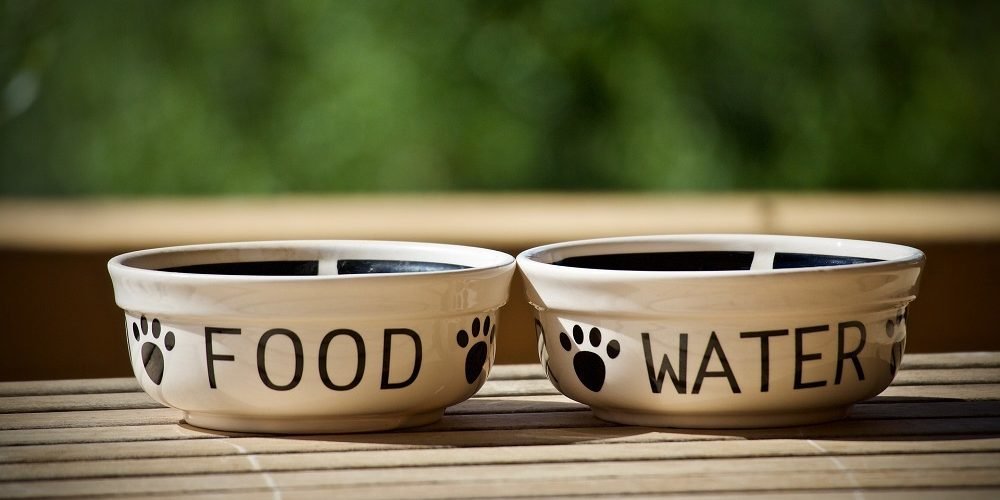“Meal” is one of those controversial ingredients in dog food. And something you should probably know more about.
Let’s Define “Meal”
Merriam-Webster defines “meal” as “an act or the time of eating a portion of food to satisfy the appetite.” It also offers this definition, “the usually coarsely ground and unbolted seeds of a cereal grass or pulse.” A definition not particularly suited to dog food.
If you Google “chicken meal” you get this: “Chicken meal is the dry rendered product from a combination of clean chicken flesh and skin with or without accompanying bone, derived from whole carcasses of chicken, exclusive of feathers, heads, feet, and entrails.” When you Google “meat meal” you get this: Meat and bone meal (MBM) is a product of the rendering industry. It is typically about 48-52% protein, 33-35% ash, 8-12% fat, and 4-7% moisture. It is primarily used in the formulation of animal feed to improve the amino acid profile of the feed.”
Let’s look at one more similar term, “poultry by-product meal.” The first listing on Google defines it as “a high protein commodity used as a major component in some pet foods. It is made from grinding the clean, rendered part of poultry carcasses and can contain bones, offal, and undeveloped eggs, but only contains feathers that are unavoidable in the processing of the poultry parts.” Hum…
The Association of America Feed Control Officials (AAFCO) defines itself as “a voluntary membership association of local, state and federal agencies, charged by law, to regulate the sale and distribution of animal feeds and animal drug remedies.” So how does AAFCO define “meal?” The very same, word for word.
Is there anything wrong with “meal?”
In my opinion and that of many holistic professionals, we want “meat,” period. There is a lot of “wiggle room” for pet food manufacturers according to AAFCO rules, but that’s a topic for another time. That being said when I suggest a dog food to people I suggest that they feed the best dog food they can afford, and that may mean there will be “meal” in your dog food. However, it still comes down to making an informed choice for your dog and the source of the “meal.”
One of the most preferred dog foods on the market and one of the most expensive touts this list of ingredients: Fresh chicken liver (30%), fresh turkey liver (30%), fresh chicken (18%), fresh turkey (18%), fresh arrow-tooth flounder (4%). Here is the published list for another very high-quality brand: Venison – Meat (Includes Up to 3% Finely Ground Bone), Venison – Liver, Lung, Tripe, Heart and Kidney, New Zealand Green-Lipped Mussel.
Not everyone can afford those foods. They are on the pricey side, and if you’re feeding a large dog, it can get expensive. Before I go much further on this, I should say that there is a small exception to things like “salmon meal.” There is simply no way to commercially separate those tiny little bones from the meat of the fish, so where fish is concerned, you will very likely see “salmon meal.” Preferred marketing terms use “whole salmon, whole Pacific cod,” etc.
For the average canine consumer, how does “meal” come into play?
A higher quality meal is prepared by rendering or cooking down the carcasses of quality protein, such as chicken, beef, venison, and others. Better meals come from clearly identified sources, such as “beef meal.” (It’s not a wise choice for your dog to eat meal prepared from slaughterhouse waste, zoo animals, dead or diseased animals or supermarket waste.) Once the water is cooked off and the bones ground, you can be left with a good source of protein, IF the original carcass was from a quality source.
If your scouting dog foods and you see the word “meal” be sure it’s a reputable brand. You will also want to look a bit further at other ingredients included on the label that offer clues about the manufactures standards and the probability the “meal” is of a better quality origination.






